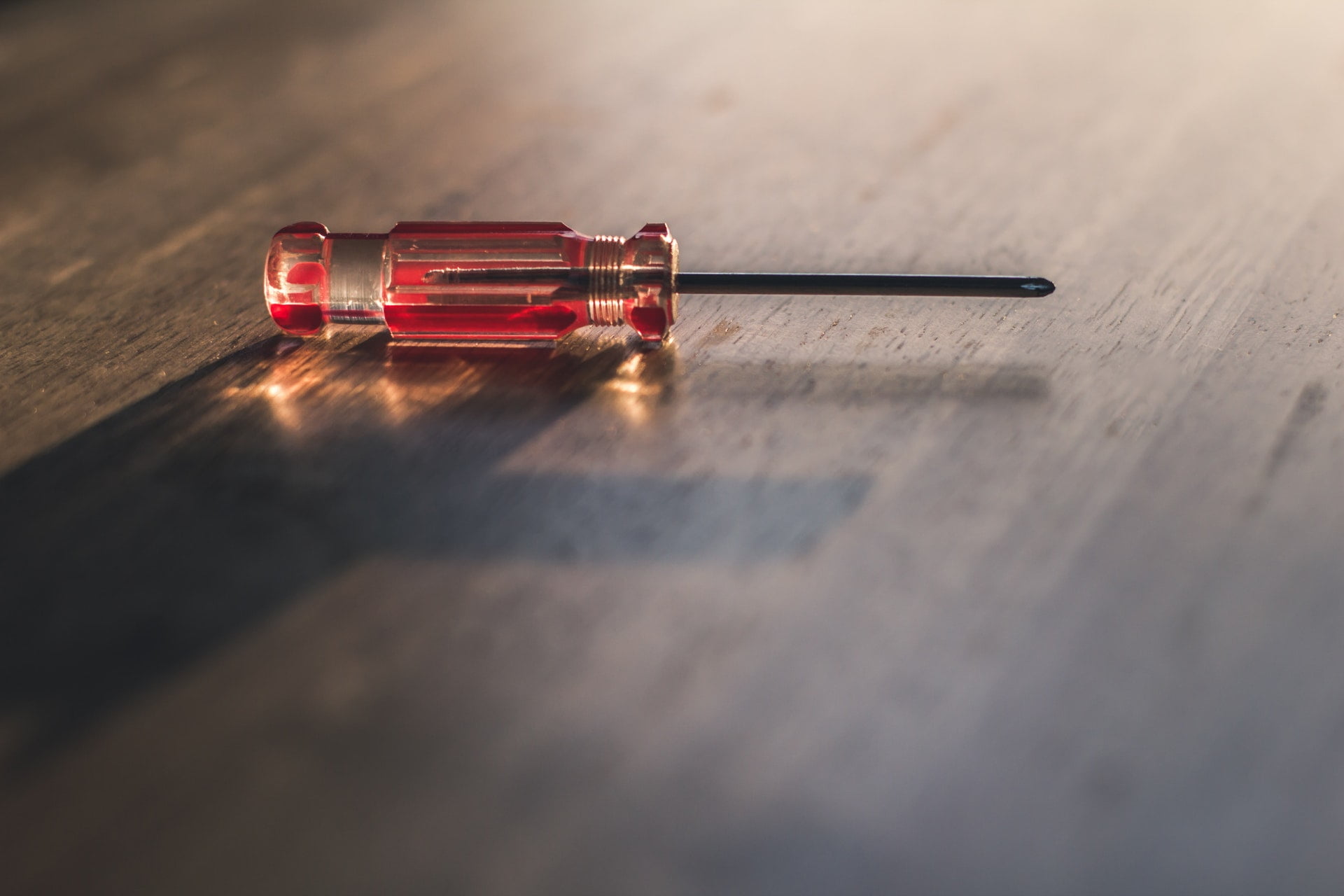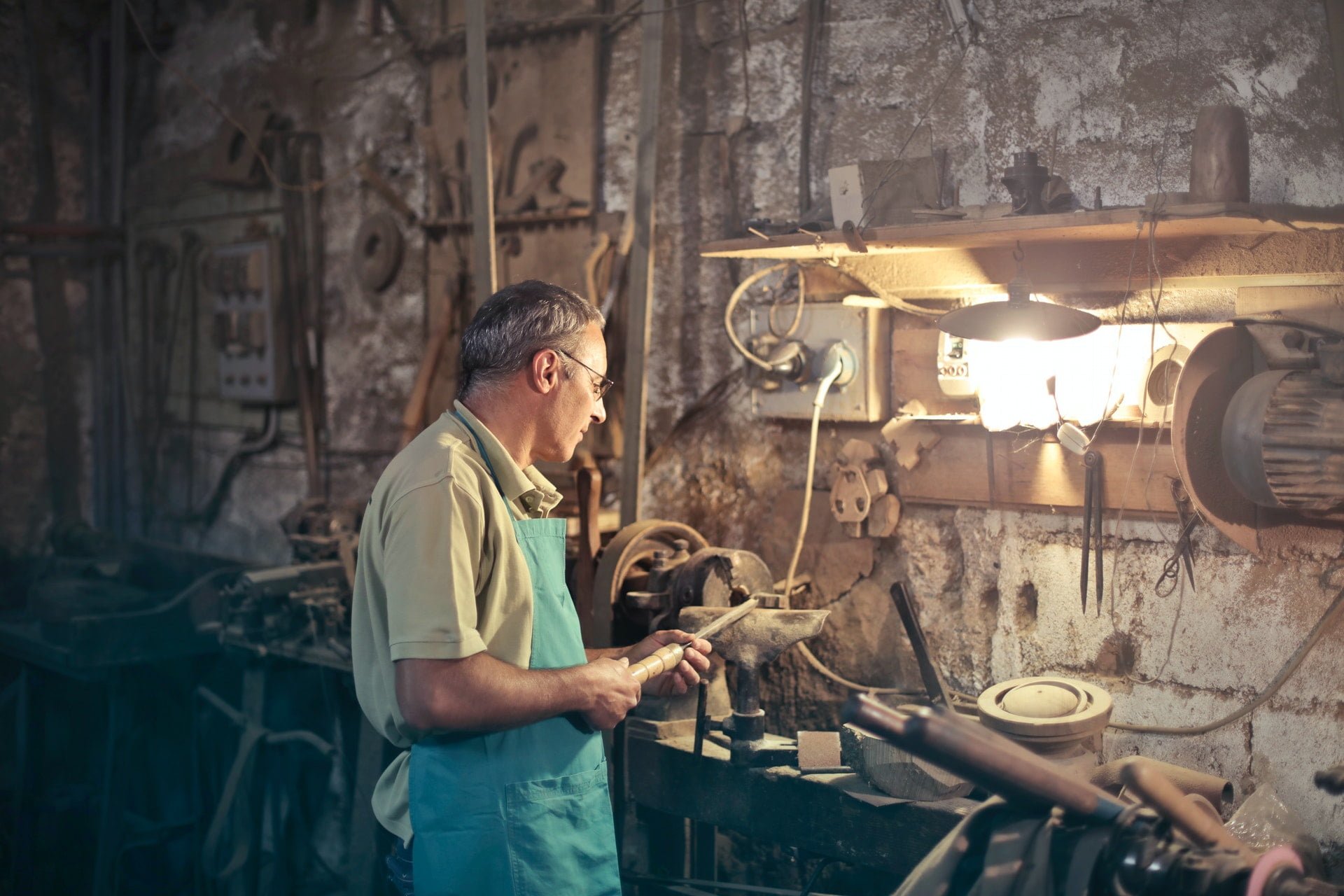Steel halls serving as work or storage space, gantries, bus shelters and many other types of steel structures serve entrepreneurs well. They dominate over brick or wooden buildings, for example, because they can be built in almost any weather conditions. Therefore, you can erect a structure regardless of the season. It is worth remembering that it is a multi-stage process. There is a long way from drawing up a design and planning to issuing as-built documentation. If it is to end with the commissioning of a solid object, appropriate anti-corrosion protection should be provided during finishing work.
Production of steel structures – types of anti-corrosion protection
After the welders have finished their work on the steelwork and everything is in place, it is time to finish. This stage may take various forms, depending on what form of covering we choose to protect our facility against corrosion. What types of finishes are offered by most steel construction companies? It will be painting with liquid paints, powder coating or galvanizing. Sometimes both galvanizing and painting are performed. Each of these solutions has its supporters. They differ in durability, susceptibility to damage, simplicity of execution, aesthetics and price. Therefore, the appropriate form of protection should be adapted to the type of structure and its intended use.
What type of finish for a steel structure?
A limited budget may result in the need to look for cheap solutions. Therefore, an entrepreneur who wants to reduce costs will most likely choose wet painting. The relatively low price of the finish and the aesthetic end result are undoubtedly the advantages. Although it is quite easy to damage this form of cover, it is also possible to repair any scratches without difficulty. Much more expensive, but also characterized by high aesthetics and the possibility of personalizing the color, powder coating will be slightly more durable and less prone to damage. A popular method is also galvanizing, which ensures decent durability, protects well against corrosion and is not scratched in the same way as a painted coating. When deciding on this option, remember that before covering steel elements with a layer of zinc, they should be prepared for this process. It is necessary to make technological holes that will allow the zinc to flow.


